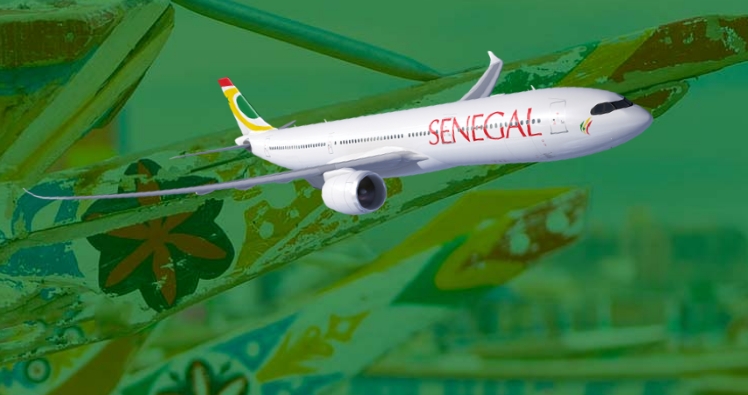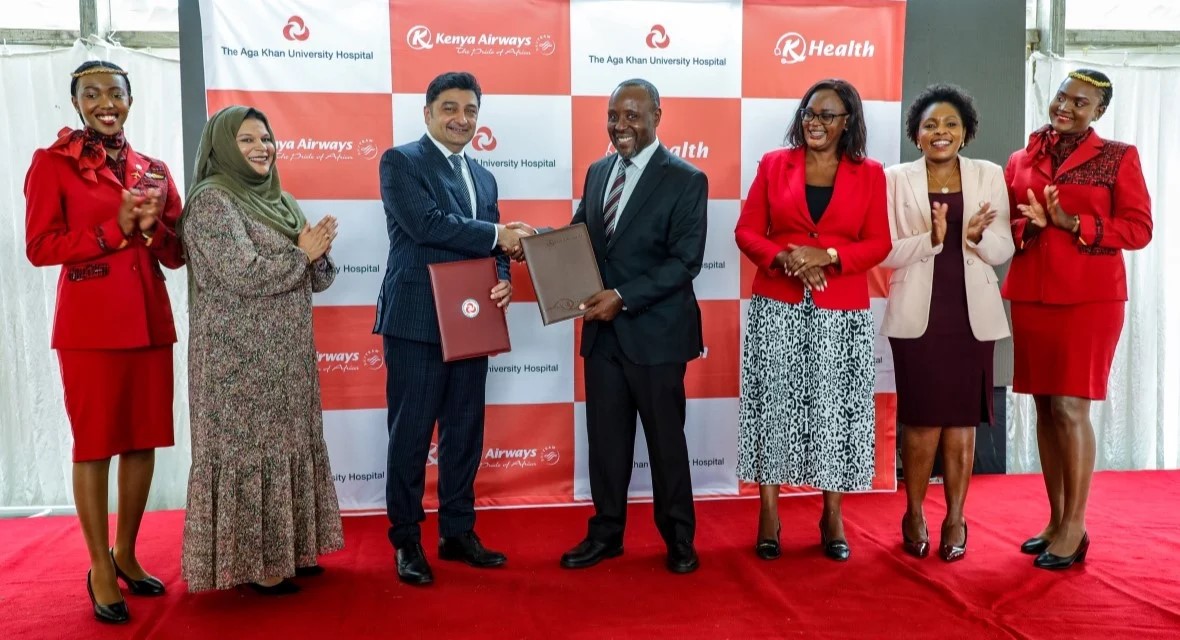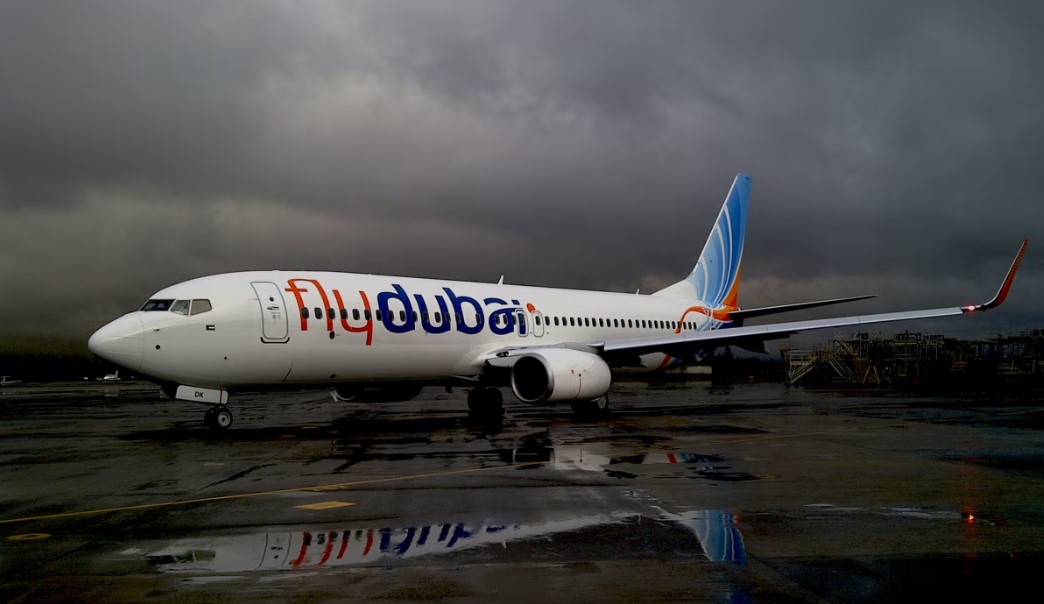Several African carriers used the 2025 Dubai Air Show 2025 to lock in fleet expansions and lease agreements that will reshape capacity across the continent.
Airlines from West, East and Southern Africa announced firm purchases, commitments and leasing deals for narrow- and wide-body jets in moves driven by growth plans, network expansion and fleet renewal.
The headline African orders included:
- Ethiopian Airlines — 6 Airbus A350-900 widebodies and 11 Boeing 737-8 (MAX-8) narrowbodies. The A350s were announced in an Airbus press release and the 11 MAX-8s were confirmed in a Boeing press release and Ethiopian’s own statements at the show.
- Air Senegal — a commitment to nine Boeing 737-8 (737-8 MAX) with options for additional jets, a deal Boeing and Reuters reported as the carrier’s biggest purchase to date.
- Air Côte d’Ivoire — a firm order for four Embraer E175 regional jets (with purchase rights for more), intended to replace turboprops and strengthen domestic/regional routes.
- FlySafair (South Africa) — not a purchase but a material fleet deal: lease agreements for five Boeing narrowbodies via lessor AerCap (three 737-8 MAXs and two 737-800NGs). The lease marks FlySafair’s first introduction of MAX aircraft.
That list means at least four African carriers publicly announced aircraft orders or lease deals at the show. (Other smaller announcements and lessor placements were also reported; the tally above reflects confirmed, on-the-record transactions announced during the airshow.
Boeing’s press office quoted a senior executive saying the deals “support expansion and network resilience,” while Ethiopian’s CEO said the orders will “support (our) growth plans.” Airbus noted the A350 order further cements Ethiopian as a leading A350 operator in Africa.
What more planes mean for the continent: Airline and industry explanations were consistent:
- Growth and connectivity: carriers want more frequency and new routes as intra-African and intercontinental travel demand recovers. Ethiopian explicitly said the 737-8s will help expand its regional and international network via Addis Ababa.
- Fleet renewal & economics: Air Côte d’Ivoire cited replacing Dash-8 turboprops with E175 jets for better range, speed and unit economics; newer types cut fuel burn and maintenance costs.
- Standardisation and capacity mix: Ethiopian’s mix of A350 widebodies and 737 MAX narrowbodies reflects a hub-and-spoke strategy (long-haul and regional). Air Senegal’s 737-8s are aimed at boosting medium-haul connectivity.
- Access to leasing capacity: many African carriers relied on lessors (AerCap, Novus, etc.) to source aircraft quickly, reflecting constrained OEM delivery streams and the cash realities of smaller airlines.
Major non-aircraft deals at the show that affect African carriers included fuel and sustainability partnerships.
Lessor placements, maintenance and health-monitoring deals (for example Kenya Airways’ extended Boeing AHM agreement) underscoring that Dubai’s event has become as much about services, fuel and finance as it is about metal on the tarmac.
Bottom line: African carriers left Dubai with a mix of firm orders, lease commitments and service/fuel MoUs aimed at faster growth, cleaner operations and improved regional connectivity — a pattern industry analysts say will accelerate fleet modernisation across the continent.




